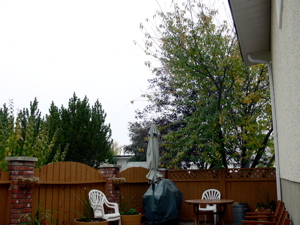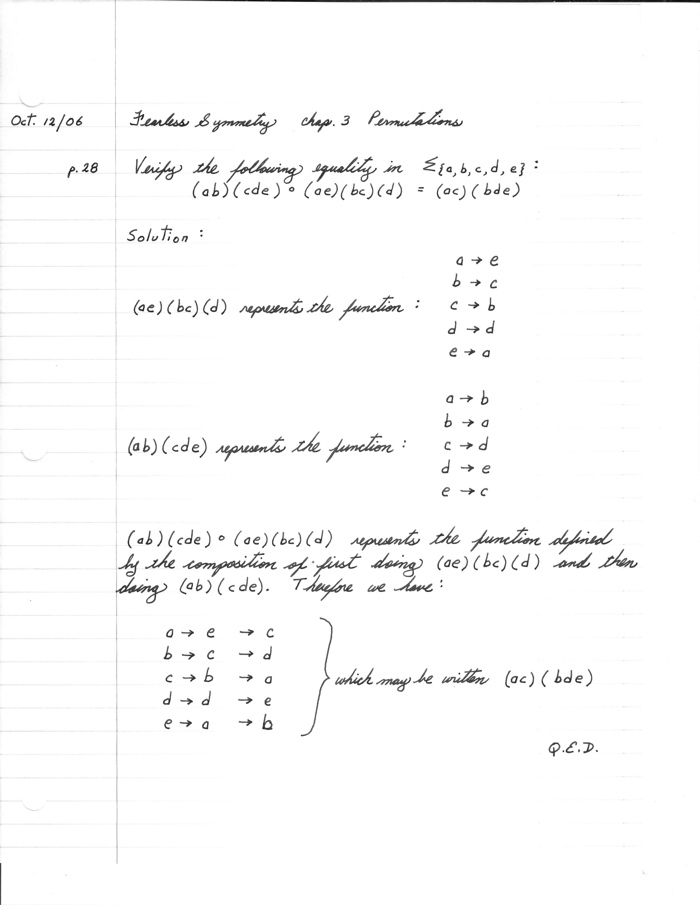 |
|
||||||||||||||
| Links to Notebook Pages: |
Thursday October 12, 2006 6:10 am Lethbridge Sunrise 7:48 Sunset 18:48 Hours of daylight: 11:00
A. Morning Musings
6:10 am It is +1 C at the moment and foggy. The forecast is for a high of + 11 C.
My weight is down 2 to 185. Good. I am back to the level I was at before thanksgiving. This morning is coffee at 8:30 at our "other" coffee shop.
B. Plan
Immediate Health Walk & exercise 1 hr Birds Add September birds to North American data base 1 hr Mathematics Read & make notes for "Fearless Symmetry" chap 4 1 hr Literature Begin reading "The Major Plays" by Anton Chekov 1 hr Later Chores Investigate water softeners for home Paint new bathroom vanity cabinet Technology add keywords to iPhoto records Read manual for cell phone Make notes for chap. 4 of "Switching to the Mac" Begin reading "iPhoto" digital photography - learn about using the various manual settings
Literature Read "The Art of Living" by Epictetus Read "The Song of Roland" Mathematics Larson "Calculus" Read "The Computational Beauty of Nature" Chap 3 Gardner "The Colossal Book of Short Puzzles" History Continue reading "Citizens" Watson "Ideas" Model Trains Continue wiring outer mainline Build oil refinery diorama: add ground cover Assemble second oil platform kit Puzzles The Orange Puzzle Cube: puzzle #9
C. Actual/Notes
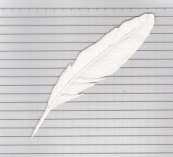 |
|||
7:00 am
8:00 am |
|||
Here are 4 images from Nicholas Sheran park that I took while walking to the coffee shop:
 |
 |
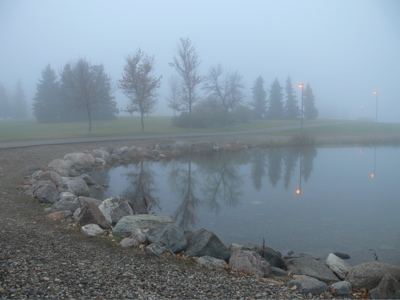 |
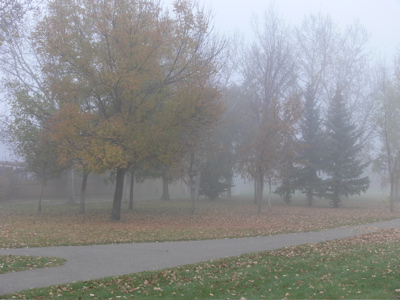 |
D. Reflection

